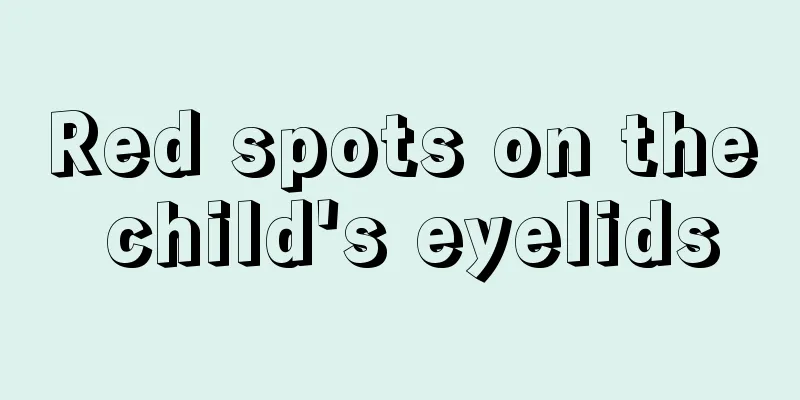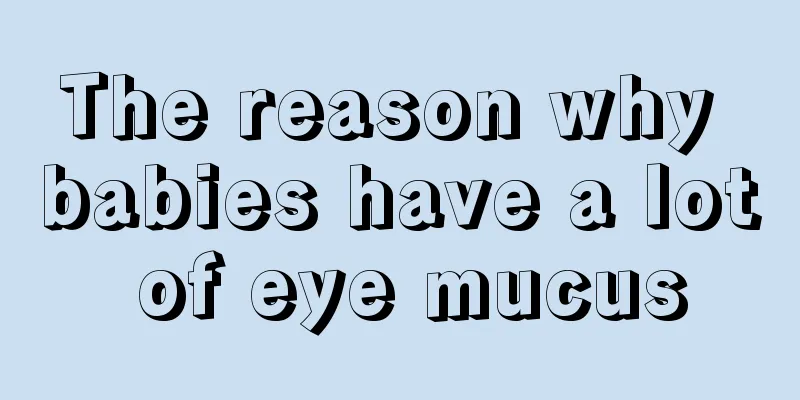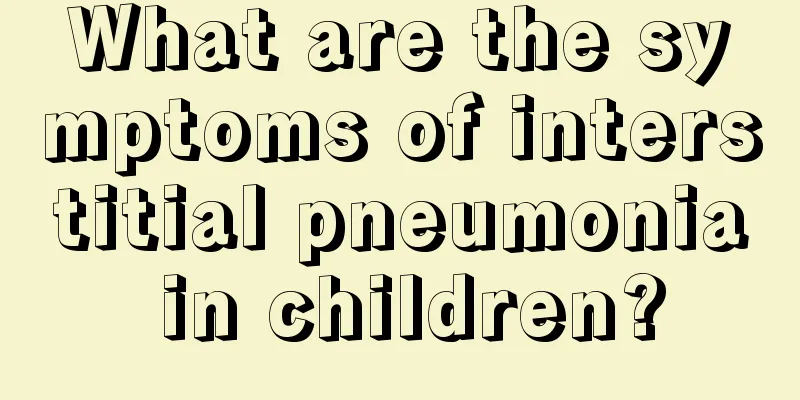Red spots on the child's eyelids

|
In the outpatient clinic, we often encounter this situation: many children around 5 years old have red spots around their eyes, which do not fade when pressed and do not hurt or itch. They often occur unintentionally without paying attention, and they do not go away for several days. Every child is cared for meticulously at home, so parents will pay special attention even if it is just a small red dot. What is going on and how to treat it? Let me introduce it to you below. 1 If these red colors do not fade, you should consider the possibility of bleeding spots. Generally, there are two possibilities: one is simple subcutaneous bleeding spots, and the other is purpura. The latter can be divided into allergic purpura or thrombocytopenia, etc. 2. If the bleeding spots only occur around the eyes and not in other parts, it is mostly because the child is young and the capillaries are relatively fragile. When encountering factors that increase the pressure on the internal organs, the blood vessels rupture and bleeding occurs under the skin. The triggers include crying, coughing, standing upside down, strenuous activities, etc. 3. Bleeding of the skin around the eyes, generally do not need to be taken care of, in most cases it can be absorbed and disappear naturally after a few months; this is not a disease; 4. No matter what type of bleeding spot, try to avoid strenuous exercise to prevent capillary rupture and worsening of the condition; especially those suspected of purpura must rest at home, and if necessary, take a leave of absence from school; 5. Do not drink alcohol, eat less hot foods such as peppers and mutton, and eat more foods rich in vitamin C such as kiwis and tomatoes, which have a certain therapeutic effect; 6. If the bleeding spots occur on many parts of the body besides the face and eyes, you should consider bleeding diseases such as purpura. It is recommended to go to the local hospital's dermatology department for examination, four coagulation tests, and antibody tests, etc., to confirm the condition and then receive targeted treatment. 7. If you suspect purpura, you should see a doctor immediately. This disease can be mild or severe. Different types of purpura have different causes and treatments, and the prognosis is also very different. For example, some allergic purpura only causes physical weakness, while some types of purpura may be life-threatening. |
<<: The baby was born with red spots on the eyelids
>>: Baby diarrhea with bloody mucus
Recommend
Why does my five-year-old baby have stomachache?
Stomach pain is related to many factors. For exam...
What to do if your child has hives?
Urticaria patients are of all ages, from infants ...
Treatment of recurrent fever in a two-year-old baby
In fact, in daily life, many parents do not have ...
What's wrong with the child's blue eyes?
Parents may sometimes notice that their children&...
How should parents educate introverted children?
We all know that parents and living environment h...
My baby has severe constipation. What are some tips for treatment?
Constipation is a problem that many babies have. ...
There is a hole on the back of the baby's head. What's going on?
As children grow up, parents will encounter vario...
Why do children always cry in the middle of the night?
It is common for children to cry in the middle of...
What is the best water temperature for babies to swim?
Children need to take a bath and swim as soon as ...
What should I do if my baby's hair is a little yellow?
Hair problems can reflect whether our entire body...
What medicine should children take for measles
https://static.cndzys.com/20161114/59af41354329ee...
How do teenagers protect their teeth?
In life, we always hear many people constantly si...
What should I do if my child stutters?
Children are more prone to stuttering, which can ...
The fastest treatment for Ganji in children
Children's resistance is relatively weak, so ...
What are the causes of congenital cerebral palsy in children?
Congenital cerebral palsy is a common disease in ...









